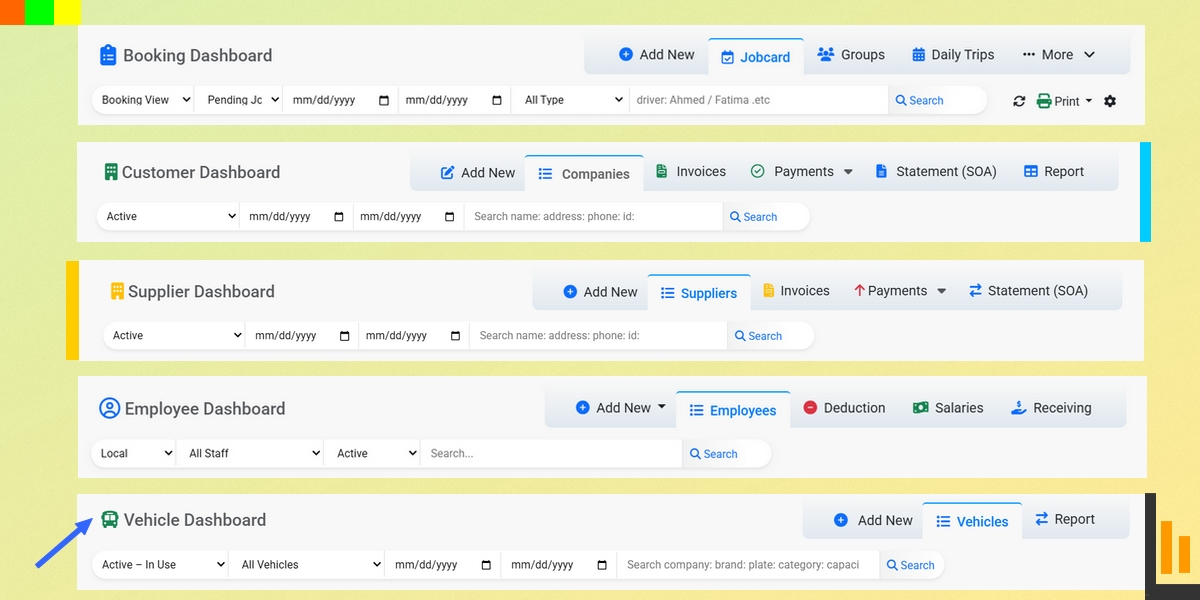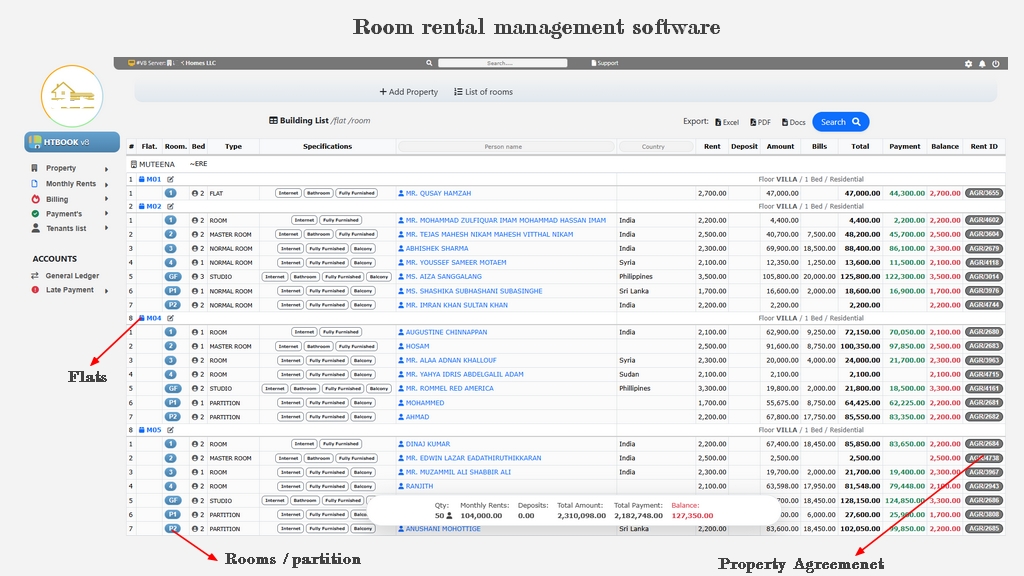what is Assets and Liabilities.? A Simple Guide

HTBOOK TECHNOLOGY provides accounting software that manages all aspects of what is assets and liabilities and equity in a single dashboard. It helps users track income, expenses, assets, liabilities, stock, and more. Whether you are preparing what is a personal assets and liabilities statement or managing business records, this tool simplifies everything.
What is Assets and Liabilities
Assets and Liabilities with Examples
Assets and Liabilities in Accounting
What is Assets:
Imagine you have a magic wallet. Anything you put inside it that has value is like an asset. Assets are things a person or a business owns that can be turned into money. Here are a few examples:
- Cash: The money you have in your pocket or bank account.
- House: If you own a house, it's an asset because you could sell it and get money.
- Car: Similar to a house, if you own a car, it's an asset because you could sell it.
In short, assets are like the valuable possessions that contribute to your overall wealth.
What is Liabilities:
Now, think of liabilities as the things you owe or the promises you made. Liabilities are debts or obligations that you need to take care of. Here are some common examples:
- Loans: If you borrowed money from the bank, that's a liability because you have to pay it back.
- Credit Card Debt: Any outstanding balance on your credit card is a liability because you have to settle it.
- Mortgage: If you have a home loan, it's a liability because it's a promise to pay back the money you borrowed to buy your house.
Basic Definition of Assets and Liabilities
Many people search what is assets and liabilities definition to get clarity. An asset is anything valuable that brings economic benefit. A liability is duty or amount that needs to be paid. The concept of what is an assets and liabilities is not limited to businesses; it applies to individuals too. Assets are helpful, while liabilities are financial responsibilities that must be handled on time.
How Assets, Liabilities and Equity Are Linked
The connection between what is assets and liabilities and equity is explained through the accounting formula: Assets = Liabilities + Equity. This shows the balance between ownership and debt. It is the foundation of all financial records. If a company knows what is assets liabilities and equity, it can create accurate statements that reflect its true financial health.
Personal Assets and Liabilities
Understanding what is a personal assets and liabilities statement helps individuals track their financial standing. It includes all personal assets like savings and property and liabilities like loans or bills. This document is important for financial planning, applying for credit, or legal matters. It reflects how much someone owns versus how much they owe.
Assets and Liabilities in Business Operations
In the business world, knowing what is assets and liabilities in business means separating resources from obligations. Businesses track these using accounting software or financial systems. Assets include vehicles, buildings, and inventory. Liabilities may include unpaid salaries or business loans. This helps answer what is capital assets and liabilities and how they impact profit and operations.
Legal Affidavits and Financial Declarations
Sometimes, legal systems ask for what is an affidavit of assets and liabilities. It is a signed document that lists your financial situation. This is usually required in court cases, property division, or financial disputes. It is used to prove your capacity to pay or receive money. It applies to both personal and business matters.
Key Differences Between Assets and Liabilities
To explain what is difference between assets and liabilities, think of one as helpful and the other as a burden. Assets increase value, and liabilities reduce it. This helps in understanding what is assets liabilities and capital, which is the total value of a company after debts. People also compare what is assets divided by liabilities to check the strength of a company’s financial position.
Current vs Non Current Assets and Liabilities
Many ask what is the difference between current assets and current liabilities. Current assets like cash or stock can be used within one year. Current liabilities like rent or short-term loans must be paid in that time. Knowing this difference is important for maintaining cash flow. It also helps understand what is deferred assets and liabilities, which are future transactions already planned today.
The Role of Equity in the Accounting Equation
To realize what is the difference between assets liabilities and equity, it is necessary to know that equity is what remains after subtracting liabilities from assets. It reflects ownership. This helps answer what is the relationship between assets liabilities and equity, where all three work together to complete the financial equation. It keeps financial documents balanced and accurate.
Personal and Business View on Finances
People often wonder what is the difference between personal assets and personal liabilities. A personal asset could be a car or savings account. A liability might be credit card dues. When this is applied to a company, you look at what is assets liabilities common stock, showing how much ownership shareholders have. It is important for both small and large businesses.
Proper Classification of Financial Items
Many search what is considered liabilities and assets to properly group their finances. For example, office furniture is an asset. A business lease is a liability. Categorizing things correctly leads to a clear financial picture. This includes understanding what does assets and liabilities mean in reports. It shows whether your business or personal finances are stable or need attention.
How HTBOOK TECHNOLOGY Can Help
HTBOOK TECHNOLOGY provides accounting software that manages all aspects of what is assets and liabilities and equity in a single dashboard. It helps users track income, expenses, assets, liabilities, stock, and more. Whether you are preparing what is a personal assets and liabilities statement or managing business records, this tool simplifies everything.
Why Choose HTBOOK TECHNOLOGY
HTBOOK TECHNOLOGY software is simple, efficient, and made for everyday users. It supports you in handling what is assets and liabilities difference through proper record-keeping and financial reports. With built-in features to handle equity, capital, and assets, it ensures all your financial entries stay balanced and accurate. It helps users stay in control without the need for complex training or extra staff.


